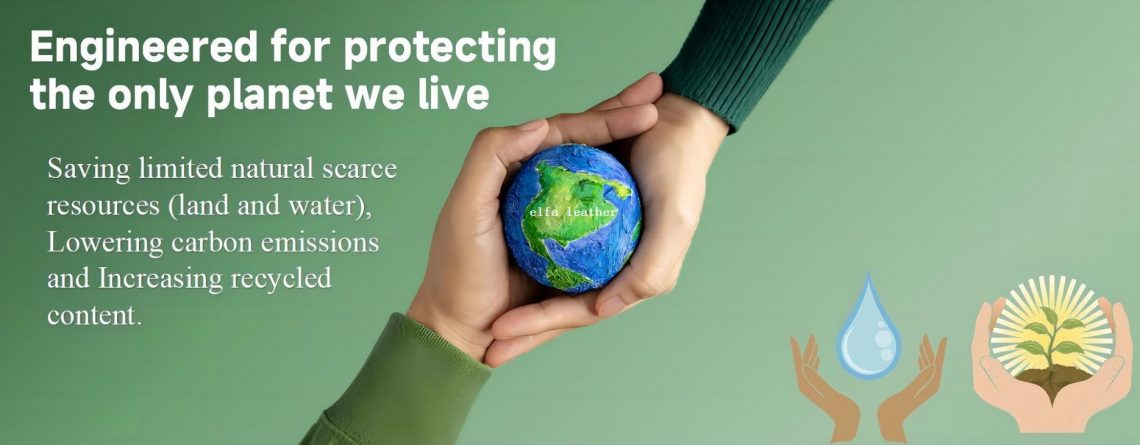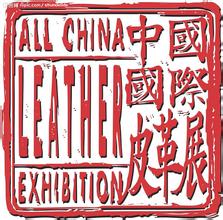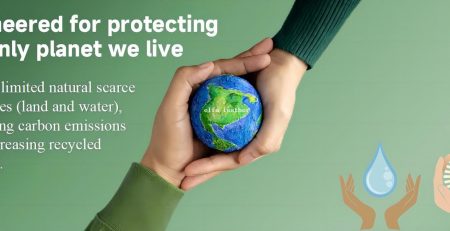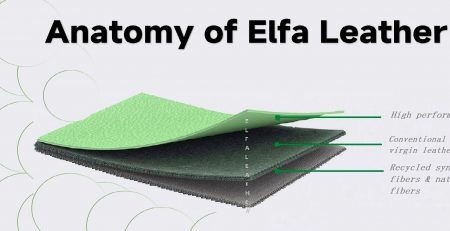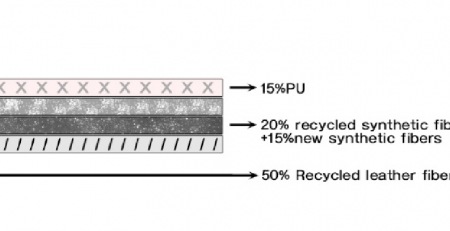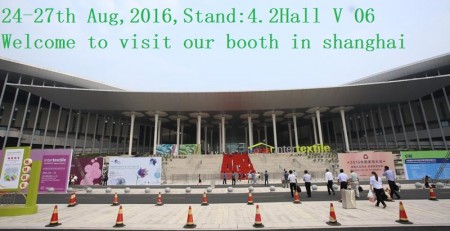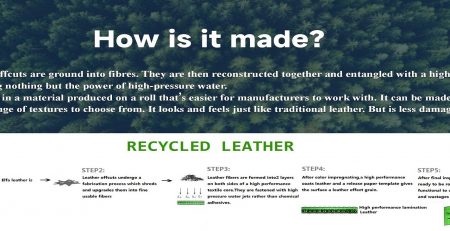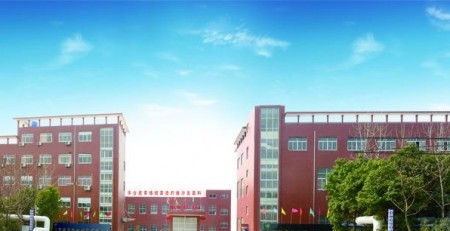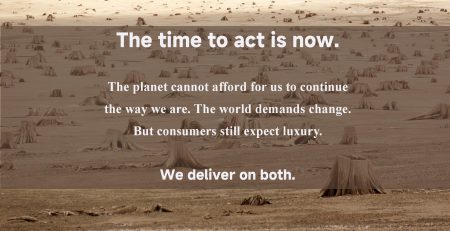Recycled leather is the end of waste
Recycled leather can be considered the end of waste in the sense that it repurposes discarded leather materials, transforming them into new, usable products. By using recycled leather, we can reduce the need for new raw materials, conserve natural resources, and minimize environmental impact.
However, it’s essential to recognize that recycled leather plays an important role in the end of waste management. Waste management is a broader concept that encompasses various strategies and approaches to reduce, reuse, recycle, and dispose of waste in an environmentally responsible manner.
In addition to recycled leather, other waste management strategies include:
1. Reducing waste at the source: This involves minimizing the generation of waste by using resources efficiently, designing products with longer lifespans, and reducing packaging materials.
2. Reusing materials: This involves using discarded materials for new purposes, such as reusing plastic bottles as containers or old clothes as rags.
3. Recycling: This involves converting waste materials into new products through a process of collection, sorting, and processing. In addition to recycled leather, common recyclable materials include paper, plastic, glass, and metal.
4. Composting: This is the breakdown of organic materials, such as food scraps and garden waste, into a nutrient-rich soil amendment.
5. Energy recovery: This involves converting waste materials into energy, such as through incineration, anaerobic digestion, or landfill gas capture.
While recycled leather plays a significant role in waste management by repurposing leather waste, it’s important to adopt a comprehensive approach to waste management to minimize waste and promote a circular economy.

